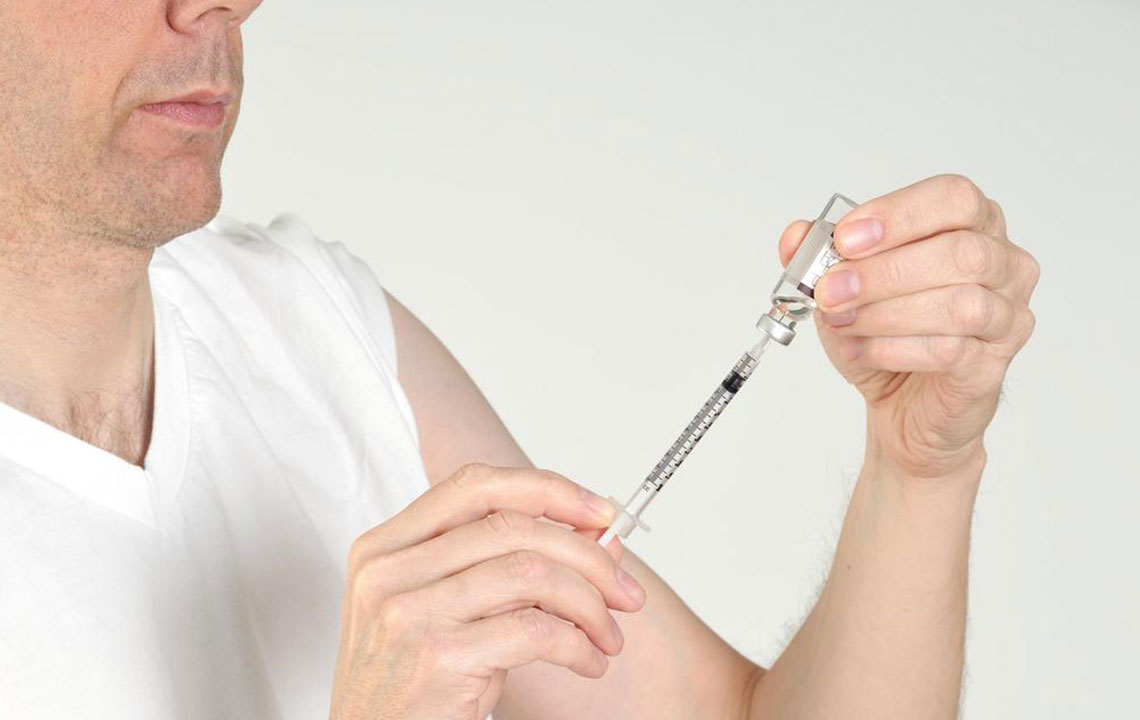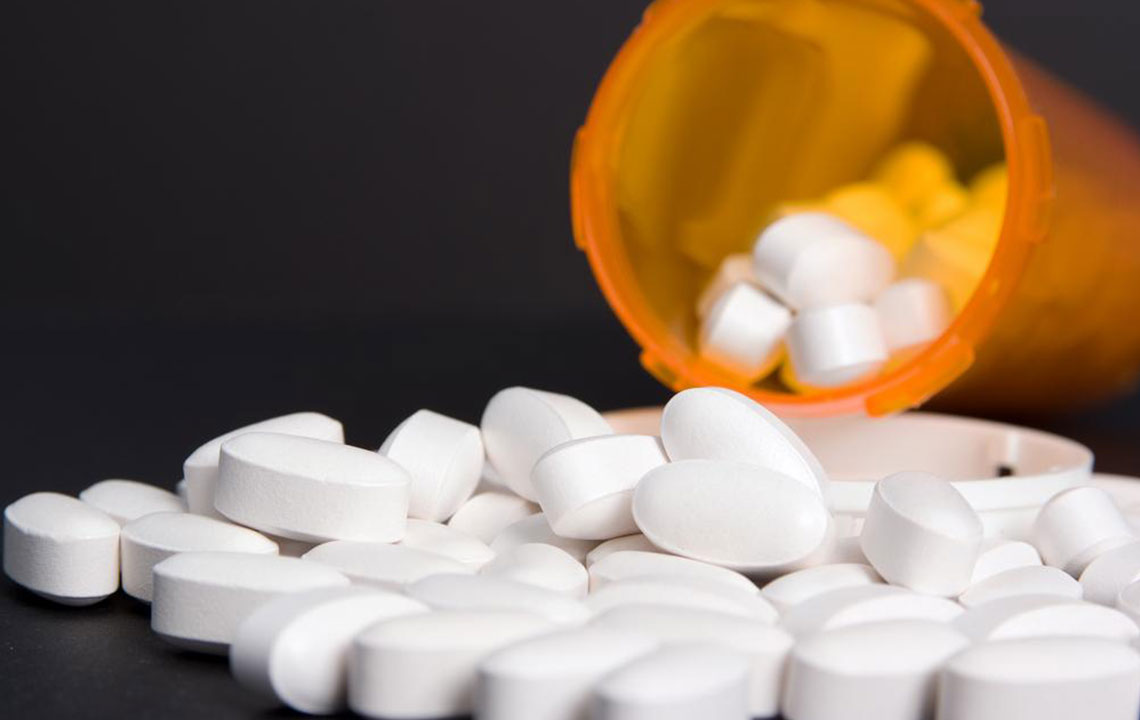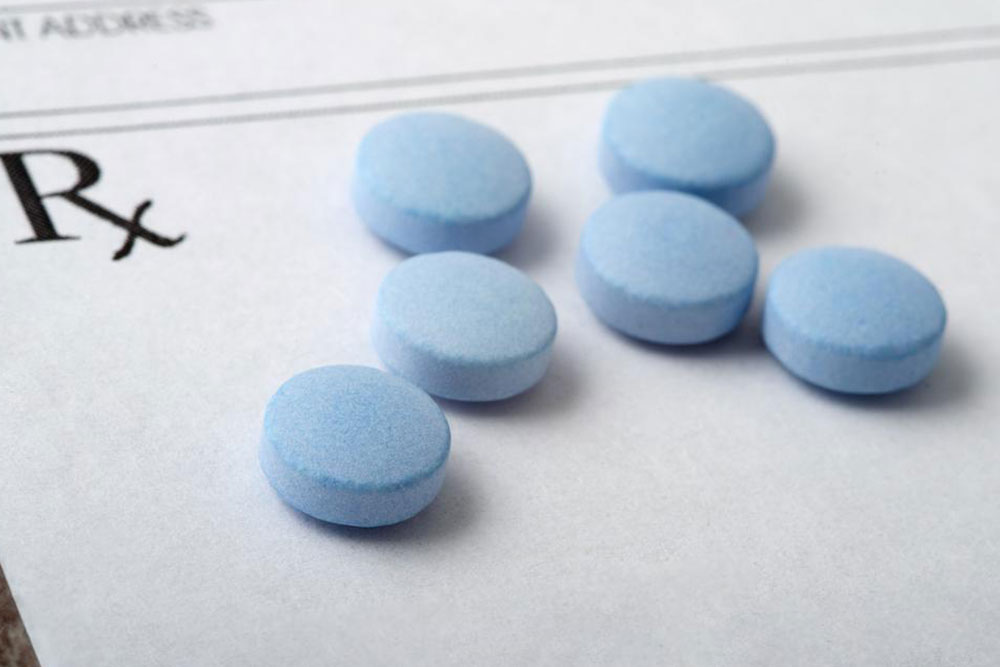Understanding Naloxone: A Lifesaver in Opioid Overdose Situations
This article explains the critical role of naloxone in reversing opioid overdoses, its availability, potential side effects, and how communities are working to improve access. Understanding overdose signs and rapid intervention can save lives amid the ongoing opioid epidemic. Emphasizing the importance of awareness, the piece encourages proactive measures to combat addiction and prevent fatalities through effective emergency response and community programs.

Understanding Naloxone: A Lifesaver in Opioid Overdose Situations
Opioids are powerful medications used to relieve severe pain, like after surgery, by targeting specific receptors in the brain. They are derived from poppy plants or made synthetically. When used properly, opioids can help patients recover comfortably. However, misuse has led to a rising opioid crisis worldwide, with increasing addiction and overdose deaths. This epidemic is worsened by the shift from prescription pills to heroin, which is more accessible and cheaper. Overdose symptoms include slowed breathing, pale skin, and unconsciousness. Naloxone is a vital emergency antidote that can quickly reverse these effects, saving lives. It is available as an injectable or nasal spray and is safe for public use, especially by first responders, family members, and friends. Side effects of naloxone may include allergy reactions, pain, or seizures, and it can cause withdrawal symptoms. Costs vary based on insurance and formulation, but many communities provide free access through programs. Since naloxone is often available without a prescription, check local regulations before purchasing. Immediate response to overdose signs and access to naloxone can prevent fatalities. It’s crucial to support loved ones struggling with addiction and promote awareness for timely intervention. Recovery from opioid dependency is achievable with medical treatments and support systems.










